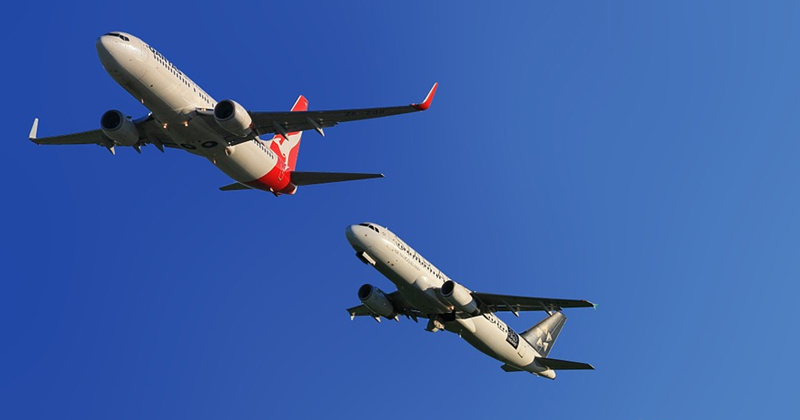The more people use the plane as a means of transport, the less space there is. There are many rumors that some seats are better than others in comfort and safety. Let’s find out where to find the safest and best seats on the plane.

1. Are There Really Particularly Safe Rows of Seats? – Best Seats on The Plane
When it comes to the row of seats, a study conducted by the US Federal Aviation Administration Accident Database, found that the middle seats in the back rows have the lowest risk of injury which is 28%. According to the statistics, the aisle seats are most critical in the middle third of the cabin I.e. about 44%. But this is more true for minor accidents.
If there were to be a crash, there is realistically no good and bad seat in terms of safety.
2. Where Are The Quietest seats on an Airplane?
You can say that the further ahead, the better. At the back, you can hear the humming of the engines more clearly. It is not for nothing that the expensive seats in Business Class and First Class are in the front area.
But it also depends on the kind of passengers that are on board. There are big differences between businessmen, screaming groups of children, or partying holidaymakers.
3. Is There a Greater Chance of a Free Seat Next to Mine in The Back Rows Because The Last Ones Are Chosen?

There is no general answer to that. The front rows of seats are indeed more popular. This is particularly the case for business travelers who only travel with hand luggage and want to get off quickly or for passengers who need to get connecting flights.
However, this is being regulated more and more by airlines and is increasingly costing extra. A Preferred Seat, which usually is a seat with more comfort, is considered an extra service. All other seats are also graded. Speculating for a free space in the back area can backfire if nobody wants to pay for the front seats and everyone is in the back.
XXL seats offer more comfort
Many vacationers now grind their teeth a few euros more for a more comfortable seat. The demand for seats with extra legroom, called XXL Seats or Preferred Seats, is increasing. More and more airlines are also offering a so-called intermediate class, which is between economy and business class in terms of price and comfort.
Suggested Read: Why Does it Thunder During a Thunderstorm? Know Reason Behind It
4. Can’t The Seats in Front of The Exit Row And The End of The Back Rows Recline? – Best Seats on The Plane
There is no clear rule for the back row. If the distance to cover is sufficiently large, you can certainly find a reclining chair at the end of the row as well. Yet, some airlines have no adjustable seats from the outset because they are cheaper to buy and cheaper to maintain.
The seats in the exit row definitely cannot be reset because the passengers need an unhindered escape to the emergency exit. The exit is not next to the seat, but exactly in the footwell of this row, so there is more legroom there. And that’s why the seats in the row in front are not adjustable. The armrest in the row is also not adjustable but fixed.

5. Is a Seat Over The Wings Quieter in The Event of Turbulence?
Yes, it’s a little quieter in the middle but it least wobbles in the front. Perhaps another reason that business and first-class are actually always at the forefront and not only because passengers can get out there faster. During flight turbulence, it is the shakiest at the back.
6. Out of Superstition, Airlines Omit Rows 13 and 17?
Yes, because many passengers are superstitious, there are no rows of seats with number 13 onboard many airlines. Travelers won’t even find row 17 on some of the international flights either because this number is considered an unlucky number in Italy and Brazil. There is also no row 4 in China because the number sounds very much like the word death, in mandarin.
Suggested Read: What is The Reason For The Bang When The Sound Barrier is Broken? Sonic Boom


